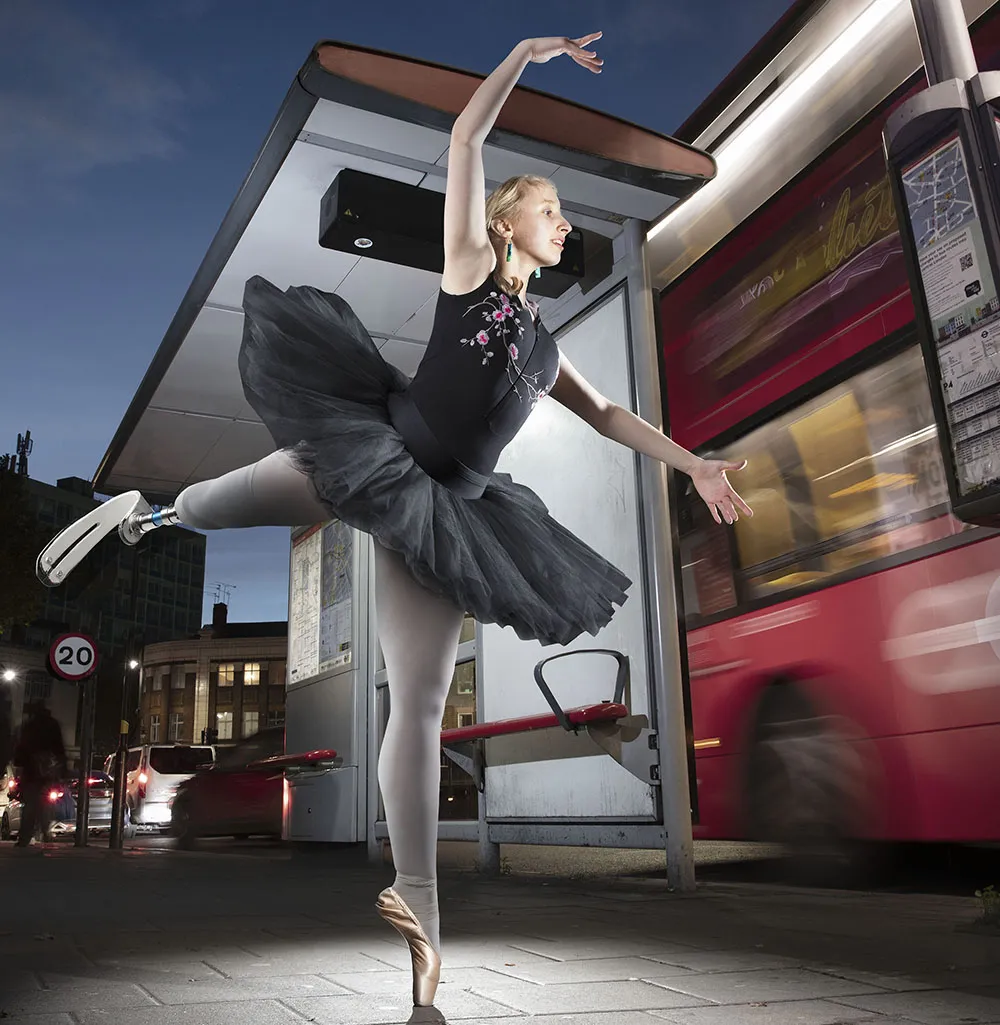April 2, 2020
Using AI and IoT technology, here's what real-time social distancing at St Pancras station in London looked like before the UK's 'lockdown' measures were introduced (29 January) and after (26 March).
The red circles on OpenSpace's digital twin platform visualisation show where there is 2m or more between passengers - and the green circles show where they are too close.
The platform has been live at St Pancras since 2019 to help station managers see current and future congestion, and suggests interventions to optimise customer experience.









